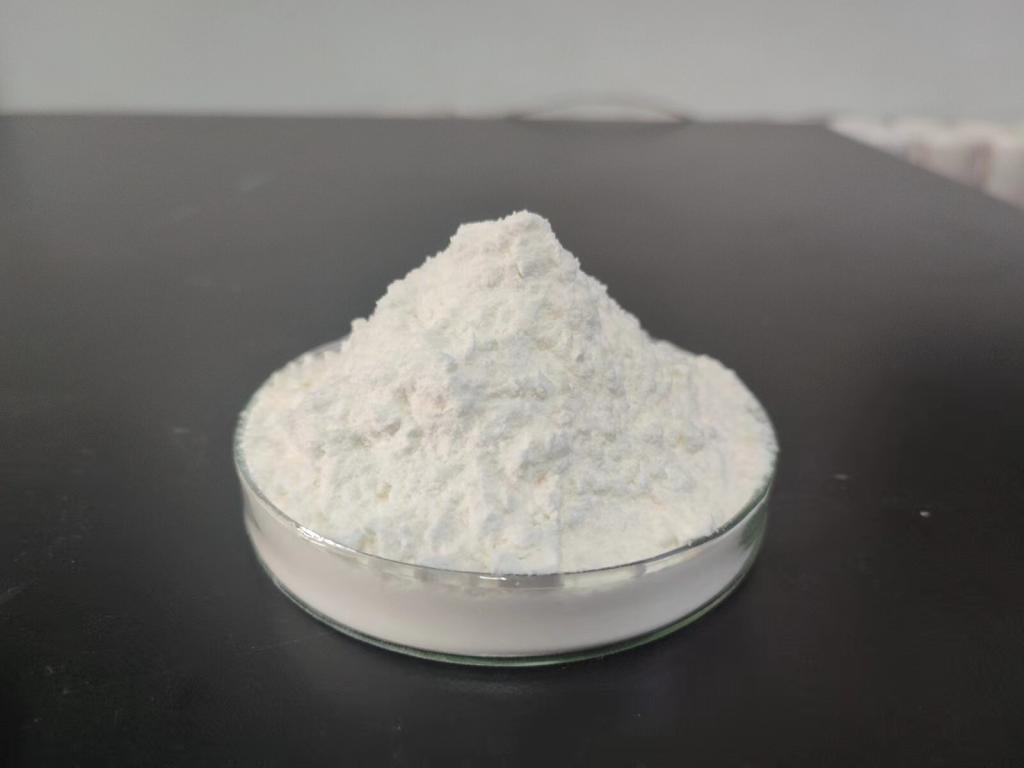Tel:+8618231198596

News
 CONTACT
CONTACT
 CONTACT
CONTACT
- Linkman:Linda Yao
- Tel: +8618231198596
- Email:linda.yao@dcpharma.cn
- Linkman:CHARLES.WANG
- Department:Overseas
- Tel: 0086 0311-85537378 0086 0311-85539701
News
Current Position:
Home >
News
>Investigating the efficacy of ε-Polylysine hydrochloride in beverages.
Investigating the efficacy of ε-Polylysine hydrochloride in beverages.
TIME:2024-04-24
Understanding ε-Polylysine Hydrochloride:
ε-PL is a cationic polypeptide composed of lysine residues linked by peptide bonds. It is produced through the fermentation of Streptomyces albulus or other microbial sources. ε-PL exhibits broad-spectrum antimicrobial activity against bacteria, yeasts, and molds, making it a promising candidate for food preservation, including beverages.
Mechanisms of Action:
The antimicrobial activity of ε-PL stems from its interactions with microbial cells, including:
Cell Membrane Disruption: ε-PL disrupts the integrity of microbial cell membranes by electrostatic attraction to negatively charged components, leading to leakage of cellular contents and eventual cell death.
Inhibition of Metabolic Processes: ε-PL interferes with vital metabolic processes within microbial cells, such as protein synthesis and enzyme activity, further contributing to antimicrobial efficacy.
Prevention of Biofilm Formation: ε-PL inhibits the formation of microbial biofilms, which can serve as reservoirs for spoilage organisms and contribute to contamination in beverage processing and storage.
Applications in Beverage Preservation:
ε-PL offers several advantages for beverage preservation, including:
Broad-spectrum Activity: ε-PL is effective against a wide range of spoilage microorganisms commonly encountered in beverages, including bacteria (e.g., lactic acid bacteria, acetic acid bacteria), yeasts, and molds.
Heat Stability: ε-PL retains its antimicrobial activity at elevated temperatures, making it suitable for pasteurization and hot-fill processes commonly used in beverage manufacturing.
pH Compatibility: ε-PL remains effective over a broad pH range, allowing for its use in acidic (e.g., fruit juices) and alkaline (e.g., dairy-based beverages) formulations.
Minimal Impact on Flavor: When used at recommended concentrations, ε-PL has minimal impact on the sensory attributes and flavor profiles of beverages, preserving their organoleptic quality.
Efficacy Studies:
Numerous studies have investigated the efficacy of ε-PL in controlling spoilage microorganisms in beverages, including:
Microbiological Analysis: Inoculation studies and challenge tests have demonstrated the ability of ε-PL to reduce microbial populations and inhibit the growth of spoilage organisms in various beverage matrices.
Shelf-life Studies: Shelf-life studies have evaluated the effectiveness of ε-PL in extending the microbiological stability and maintaining the quality of beverages during storage under different conditions, including refrigeration and ambient temperatures.
Comparative Analysis: Comparative studies have compared the efficacy of ε-PL with other antimicrobial agents or preservation methods, highlighting its effectiveness as a natural alternative with minimal side effects.
Regulatory Considerations and Consumer Safety:
ε-PL is approved for use as a food additive in many countries, including the United States, European Union, and Japan, with established maximum residue limits (MRLs) and safety evaluations by regulatory authorities. Consumer safety considerations include:
Allergenic Potential: While ε-PL is generally considered safe for consumption, individuals with allergies to lysine-containing proteins should exercise caution, and thorough labeling of products containing ε-PL is necessary to inform consumers.
Residue Analysis: Residue analysis ensures compliance with regulatory limits and verifies the safety of beverages containing ε-PL through rigorous testing protocols and monitoring programs.
Future Perspectives and Challenges:
Future research directions in ε-PL for beverage preservation include:
Optimization of Formulations: Fine-tuning ε-PL concentrations and combinations with other preservatives to maximize efficacy while minimizing potential sensory impacts.
Development of Novel Delivery Systems: Exploring innovative delivery systems, such as encapsulation or nanotechnology, to enhance the stability and controlled release of ε-PL in beverage matrices.
Consumer Perception and Acceptance: Addressing consumer perceptions and concerns regarding the use of antimicrobial agents in beverages through transparent labeling, education, and communication initiatives.
Conclusion:
ε-Polylysine hydrochloride shows promise as a natural antimicrobial agent for controlling spoilage microorganisms in beverages. Its broad-spectrum activity, compatibility with beverage formulations, and regulatory approvals underscore its potential for use in beverage preservation. Continued research and innovation are essential to further elucidate its mechanisms of action, optimize formulations, and ensure consumer safety and acceptance in the beverage industry.
- Tel:+8618231198596
- Whatsapp:18231198596
- Chat With Skype







